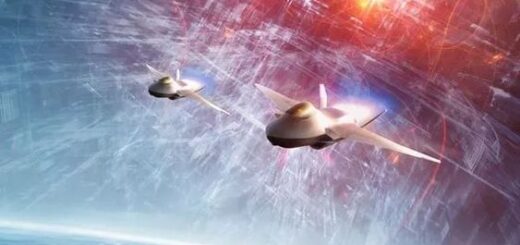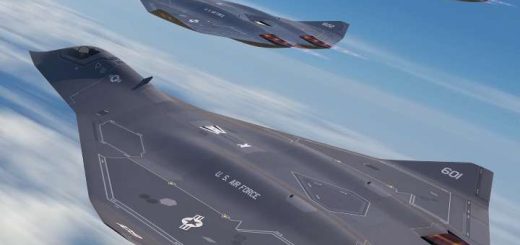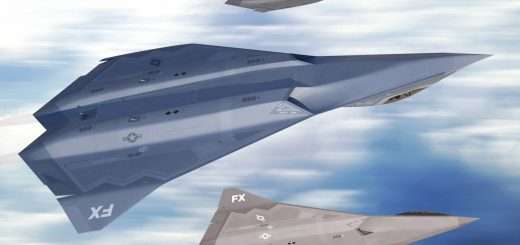How Sixth-Generation Fighter Jets Will Revolutionize Air Combat
The manner in which fighter aircraft have evolved has always been at the forefront of military innovation, influencing the nature of air combat. With the sixth-generation fighter jet just around the corner, air combat might be completely transformed. With its cutting-edge technology, these sophisticated aircraft offer previously unheard-of capabilities and will rule the sky. This article examines how sixth-generation fighter aircraft will change air combat, stressing significant developments and their effects on national security and military planning.
Unmatched Vigilance and Stealth
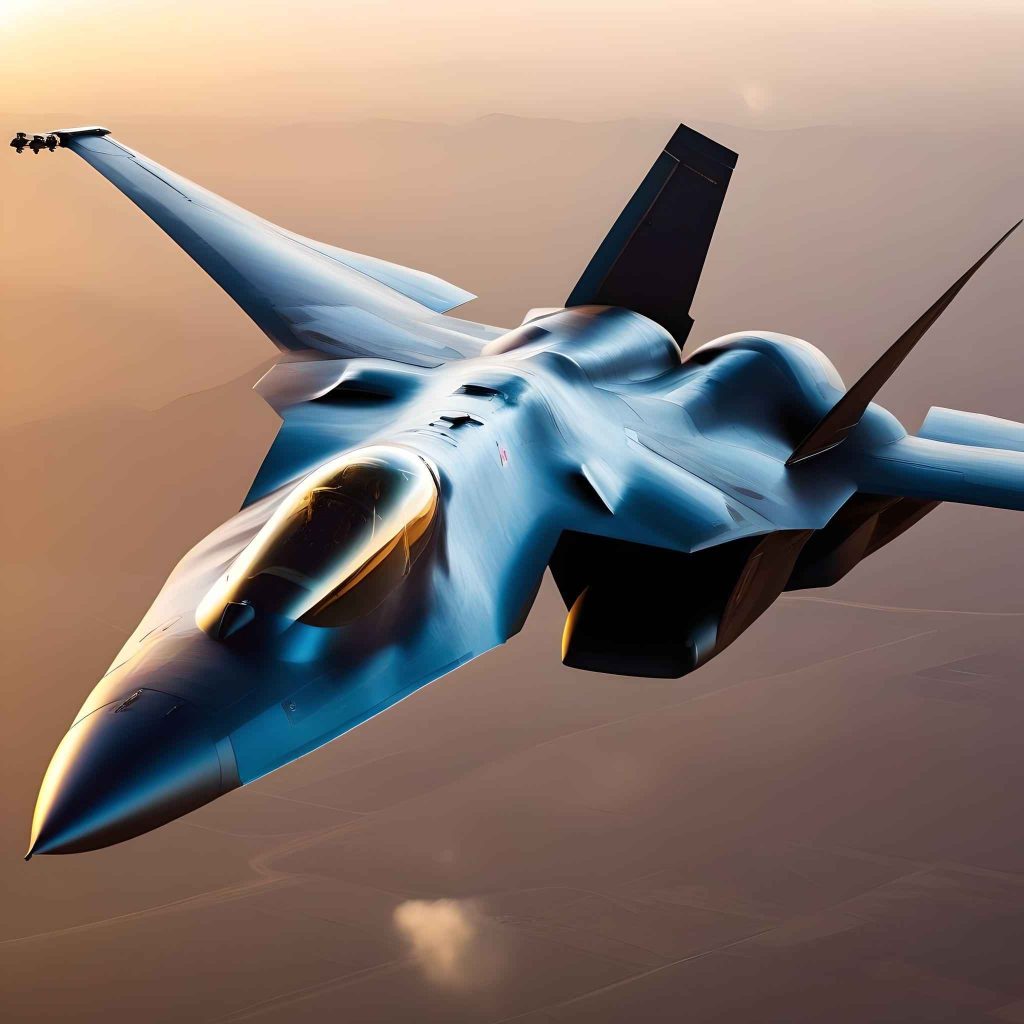
In air combat, stealth technology has revolutionized the ability of aircraft to avoid hostile radar and hit targets without repercussions. Sixth-generation aircraft will use active camouflage systems, cutting-edge materials, and creative design to push stealth capabilities to new limits. These aircraft will be nearly imperceptible and able to operate in heavily contested settings, where more conventional aircraft would break down.
Improved Sensor and Radar Systems
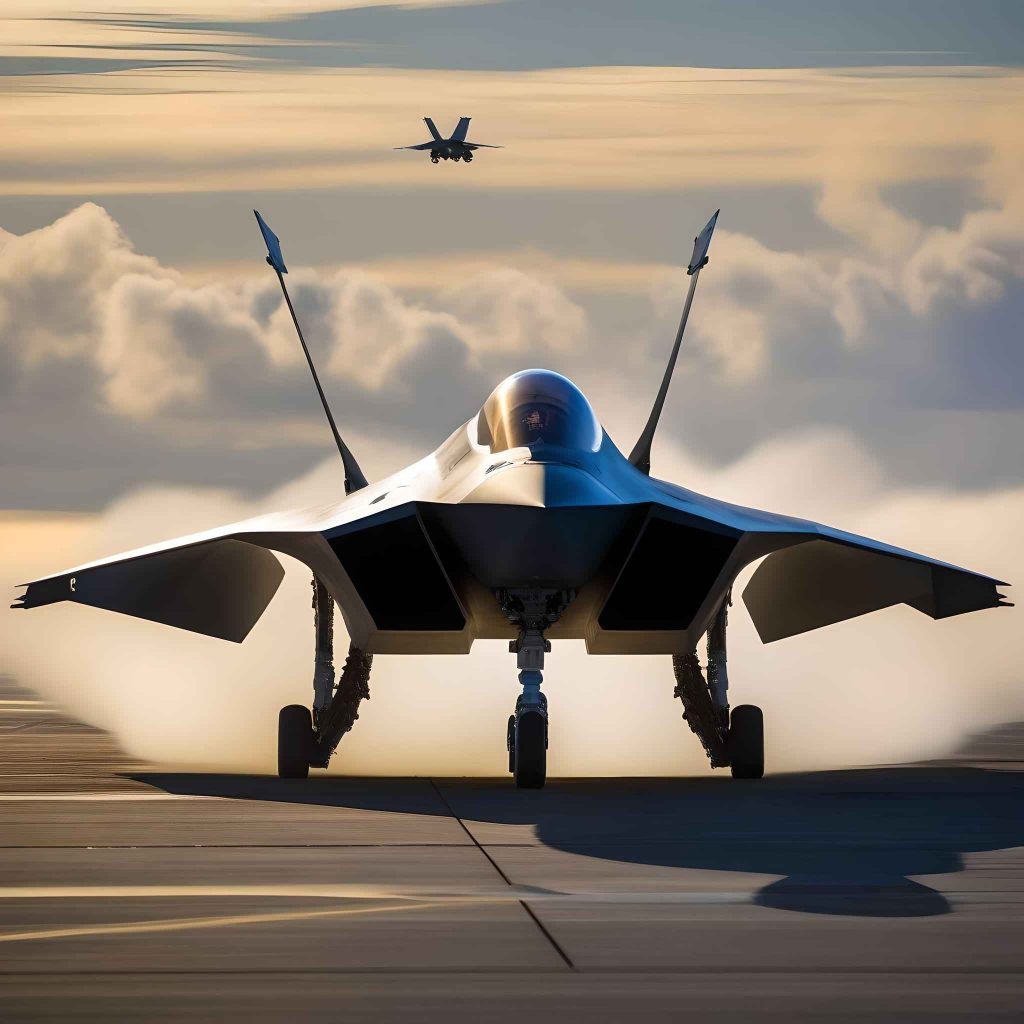
The upgraded radar and sensor systems of the next fighter generation will offer complete situational awareness. Even in congested surroundings, these systems will be able to simultaneously detect, track, and engage several targets. These sensors will be able to evaluate massive volumes of data in real time thanks to the integration of artificial intelligence (AI), providing pilots with unmatched insights and assistance with decision-making.
Greater Speed and Adaptability
In air warfare, speed and agility are vital, and sixth-generation fighters are expected to be superior in these domains. Adaptive cycle engines and other advanced propulsion technologies will deliver remarkable fuel economy and power. This will enable supercruise—a sustained supersonic speed without afterburners—which will enable quick reaction times and greater range. In fighting settings, improved aerodynamic designs and thrust vectoring will provide greater maneuverability, outperforming contemporary aircraft.
Hypersonic Capabilities
The integration of hypersonic capabilities will be among the most revolutionary developments. The ability to travel faster than Mach 5 is known as hypersonic speed, and it will completely change air combat by cutting reaction times and improving striking efficacy. These cutting-edge fighters will be able to unleash hypersonic weaponry that are practically difficult to intercept, giving them a decisive advantage in both offensive and defensive missions.
Warfare Centered on Networks
Network-centric warfare, in which interconnected systems cooperate to accomplish strategic goals, is the way air battle will be fought in the future. This paradigm will be anchored by sixth-generation fighters, which will operate in perfect harmony with other aircraft, unmanned aerial vehicles, ground forces, and naval units. Coordinated attacks, real-time intelligence sharing, and improved battlefield awareness will all be made possible by this interconnection.
Cutting-Edge Communication Systems
Sixth-generation fighters will be able to stay connected in contested locations thanks to advanced communication technology. Resilient and unhackable channels will be made possible by the application of quantum communication technology and secure, high-bandwidth data lines. This will guarantee mission success even in the face of electronic assault by enabling continuous coordination and data interchange.
Unmanned and Autonomous Capabilities
Sixth-generation fighters will be distinguished by their autonomy, with AI-driven technologies playing a bigger part in mission execution. These aircraft will be able to carry out a variety of autonomous duties, including as air-to-air combat, ground strikes, and reconnaissance and surveillance. Complex, multi-vector attacks will be possible with the incorporation of unmanned wingmen, or loyal wingmen, which will further improve battle effectiveness.
Man-Machine Collaboration
Autonomy is important, but people are still necessary. Human-machine cooperation will be given priority in sixth-generation fighters, which will use AI to improve pilot skills. Pilots will manage autonomous systems and make strategic judgments in their capacity as mission commanders. This mutually beneficial partnership will increase operational effectiveness, lessen pilot workload, and guarantee the best possible mission results.
Increased Resilience and Survivability
Resilience and survivability are critical in the face of increasingly complex threats. Advanced defensive technologies, including as directed energy weapons, electronic warfare suites, and active protection measures, will be included into sixth-generation fighters. These technologies will ensure mission success in dangerous circumstances by offering strong defense against missiles, cyberattacks, and electronic interference.
Adaptive Disguise and Management of Signatures
Technologies like signature management and adaptive camouflage will improve survivability even more. By blending in with their surroundings, aircraft will be able to reduce their visible and infrared signals thanks to these devices. Sixth-generation fighters are designed to change their appearance and thermal profiles dynamically in order to avoid detection and improve their chances of completing a mission.
In summary
Sixth-generation fighter aircraft, which are unmatched in their speed, stealth, and connection, herald a new age in air combat. These cutting-edge aircraft will transform warfare tactics and give a decisive advantage in next battles. Air warfare will undergo a permanent transformation as countries allocate resources towards the creation and implementation of these advanced technologies. The sixth-generation fighter plane is a revolution that will completely rewrite the rules of aerial combat, not merely an evolution.
The sixth-generation fighter plane, which promises to transform air combat and maintain air superiority for the foreseeable future, is the culmination of technological advancement in military aviation.
